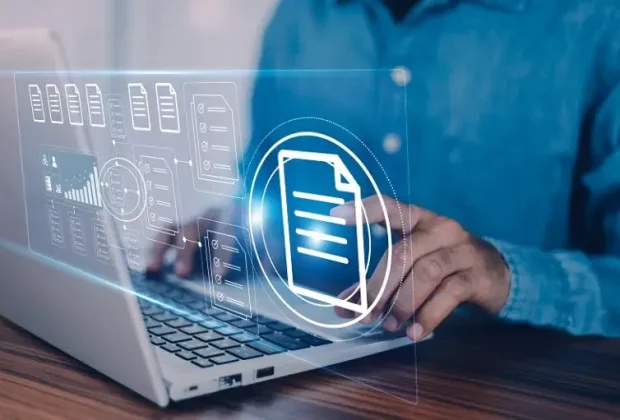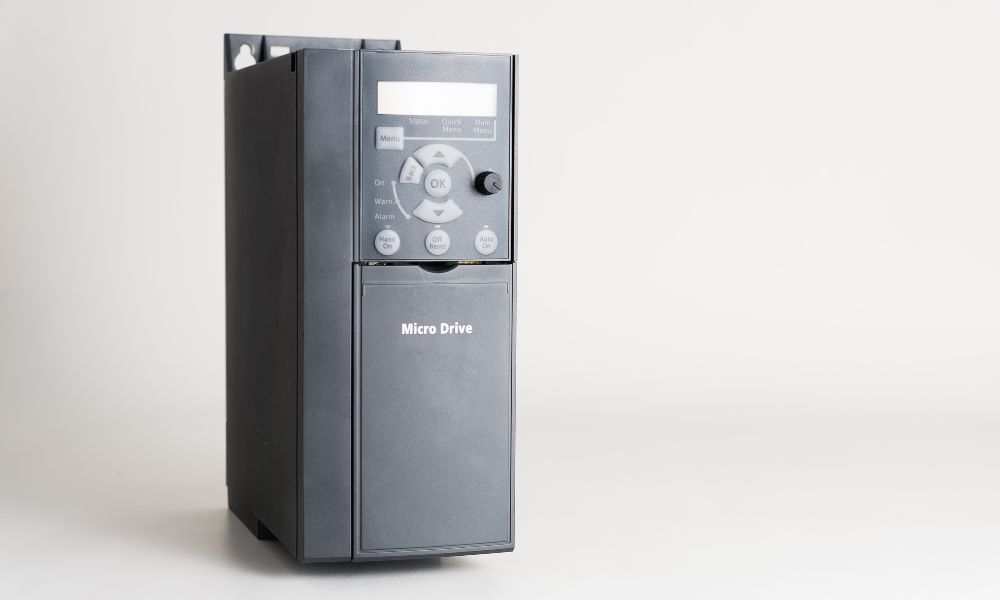Human resource management used to be all about paperwork. Endless spreadsheets, leave forms, CPF calculations — the whole lot. But things have changed. Fast.
For SMEs in Singapore, Human Resource Management Systems (HRMS) are no longer just “nice-to-have” software tucked away in the back office. Thanks to digital integration and a strong push for smarter work processes, HRMS tools are becoming the backbone of modern business operations, and SMEs are loving it.
So, what’s driving this shift? And how exactly are HRMS solutions evolving to meet the fast-paced demands of Singapore’s SME scene?
Wait, What Exactly Is an HRMS?
A Human Resource Management System (HRMS) is a digital tool that helps you manage all things HR. Think employee records, payroll, leave applications, claims, appraisals, and more. All in one place.
It replaces the need for multiple Excel files, printed forms, or those awkward “Did you file for leave?” WhatsApp messages.
And here’s the good news: HRMS tools from Rockbell, for example, have become much more affordable and SME-friendly. You don’t need a big-budget HR department to make use of one anymore.
Why Is Digital Integration Such a Big Deal?
Digital integration simply means your HRMS is not working in isolation. It talks to your other tools like your accounting software, biometric devices, government portals, or ERP systems, so that data flows smoothly between them without you having to copy and paste everything 10 times.
Here’s what that means in plain English:
- No more double entries or human errors
- Faster payroll runs
- Better visibility on who’s doing what (and when)
- Fewer late-night headaches come with CPF or IRAS filing time
With the government rolling out initiatives like the SMEs Go Digital programme and Productivity Solutions Grant (PSG), digital adoption isn’t just encouraged — it’s rewarded.
How HRMS Tools Are Stepping Up Their Game
Now that we’ve set the stage, let’s talk about how today’s HRMS platforms are not just “keeping up” — they’re sprinting ahead. Here’s how:
1. Everything’s in the Cloud Now (and That’s a Good Thing)
Cloud-based HRMS means you’re no longer tied to a specific office computer. Whether you’re in the office, working remotely, or on a beach in Sentosa (hey, we can dream), you can log in and get things done.
No updates to install. No IT guy needed to “fix the system.” Just log in and go.
2. Local Compliance? Sorted.
If you’ve ever had to deal with CPF calculations or IRAS deadlines, you’ll appreciate this: most Singapore-based HRMS tools now come with built-in local compliance.
They’re already coded to handle MOM regulations, SDL contributions, and even IR8A reporting. Some even auto-generate the forms for you, which is a real lifesaver during tax season.
3. Payroll and Accounting Are Finally Talking to Each Other
Payroll shouldn’t be an island. Many HRMS tools now integrate with accounting platforms like Million, Xero, or AutoCount, meaning payroll figures go straight into your financial records.
That’s less manual work for you, and fewer mistakes when it’s time to close your books for the month.
4. A Bit of AI Magic
Some of the newer HRMS platforms are starting to sprinkle in artificial intelligence — no, not robots doing interviews (not yet, anyway), but features like:
- Smart leave planning
- Employee sentiment analysis
- Data-driven suggestions for performance reviews
It’s like having a mini HR advisor baked into your software.
5. Employees Can Handle Their Own Stuff
Modern HRMS platforms usually come with employee self-service portals, often via a mobile app. That means your team can:
- Apply for leave
- Check their payslips
- Update their personal details
- Submit claims
No more interrupting HR every time someone wants to check how many days off they’ve got left. Everyone wins.
6. Clocking In with Biometrics or GPS
For industries like F&B, construction, or logistics, tracking hours worked is serious business. Modern HRMS tools can sync with biometric scanners, facial recognition, or even GPS-based apps, so clock-ins are accurate and real-time.
That means fairer pay calculations, no buddy-punching, and an easier time running payroll.
Why All This Matters to Singapore SMEs
For SMEs juggling tight budgets, lean teams, and big growth goals, having a reliable, integrated HRMS system is a strategic move.
Here’s what you really get:
- Fewer admin bottlenecks
- More time for actual people management
- Fewer compliance headaches
- A better experience for your employees
- Data that actually helps you make decisions
With Singapore pushing towards a Smart Nation and offering grants to help SMEs go digital, there’s never been a better time to modernise how you manage your people.
Thinking of Getting One? Here’s What to Look For
Not all HRMS platforms are created equal, so before you dive in, ask yourself:
- Does it handle CPF, IRAS, and other Singapore-specific requirements?
- Can it integrate with my accounting or ERP tools?
- Is it easy to use for both admins and employees?
- Is it scalable if my company grows from 10 to 50 staff?
- What kind of customer support is available — local or overseas?
Also, don’t be afraid to request a free trial. Most providers offer demos or test runs so you can see if it’s the right fit before committing.
Final Thoughts
The way we manage people in business is changing fast. For SMEs in Singapore, digital integration is no longer a “maybe someday” thing. It’s happening now, and HRMS tools are leading the charge.
The good news? You don’t need to be a tech expert or break the bank to get on board. With the right HRMS system, managing your team becomes easier, faster, and — dare we say it — kind of enjoyable.
So if your HR processes are still stuck in the Stone Age (or just buried under spreadsheets), it might be time for a change. And hey, your future self (and your HR team) will thank you.









